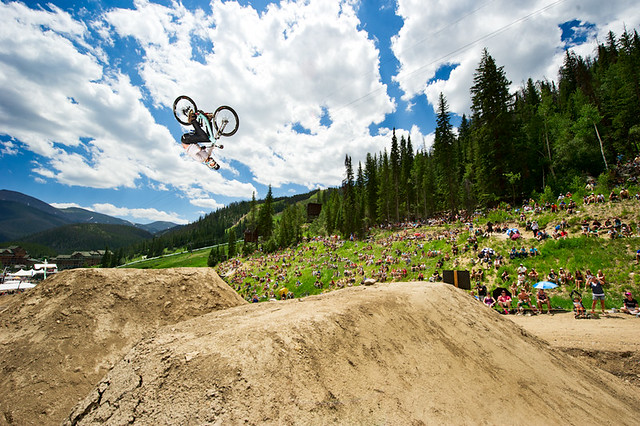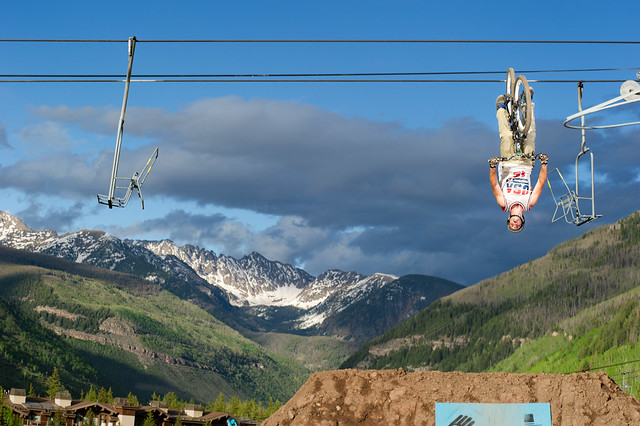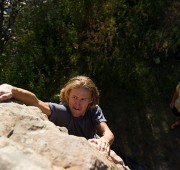Event Photography: Flashes
Shooting events is a huge challenge all on it’s own. Add off camera flashes to the mixture and you have a whole lot more to think about. That’s not to say it isn’t a great idea though….
As we say a LOT here at APS, flash can make the difference between your work, and everyone elses. Everyone has access to the sunlight and can figure out how to use that… but mixing in flashes and choosing great placement can put you a cut above the competition.
When starting off, we recommend only shooting one or two flashes at the most. This way you can learn how to manage them and figure everything out. With events, access to the flashes is often very limited. Course directors may not let you back on after you set them up, or it could be too dangerous to even attempt to adjust once things get rolling. That’s why remote setups that allow you to adjust your flashes from a distance are game-changing.
Though not 100% necessary, many companies now offer solutions. Even the Canon and Nikon systems have built in adjustments, but they use IR so the range and angles have to be just right to work effectively. Check out the PocketWizard and RadioPopper systems to see what will work for you. Some of these systems even let you adjust studio flashes as well!
If you don’t have a radio system that allows this, you’ll want to make sure and get your flash just right before the event gets going full swing! We typically crank them to a fairly high power, and then use aperture to adjust the flash, and shutter speed/ISO to control the ambient. Plan ahead if you are setting up flashes in bright light, and clouds are moving in. Power them down a bit to compensate!
Running onto the course during the event can sometimes be an option. When this is the case, you’ll have ample opportunity to adjust settings and re-arrange flashes. Though this is a nice option, it really is best to get things set just the way you want to start, and once you have the shot, move to a new spot that you’ve already planned out. Planning will make everything flow and keep you from having a meltdown when things aren’t going right. As a heads up, things almost never go the way you plan!
Onto placement. Figure out the angles you would like to shoot, before you even put the flash down. This way you can set it up in a place where it gets the best possible light, while staying out of the shot for all the angles you like. For jump events, it works great to place it between takeoff and landing towards the takeoff side if there’s space. That way it’s out of view, and lights every athlete with minimal spill.
Typically you’ll want to get the flash in as close as possible. This means on-course access is a must. Contact the event managers weeks in advance, and you’ll have a good shot at getting this. For more about shooting events in general, and getting press passes, check out this article.
A big part of event photography is experimentation, and learning how events are run so that you know what’s allowed, and what isnt. Practice makes perfect!













No comment posted yet.